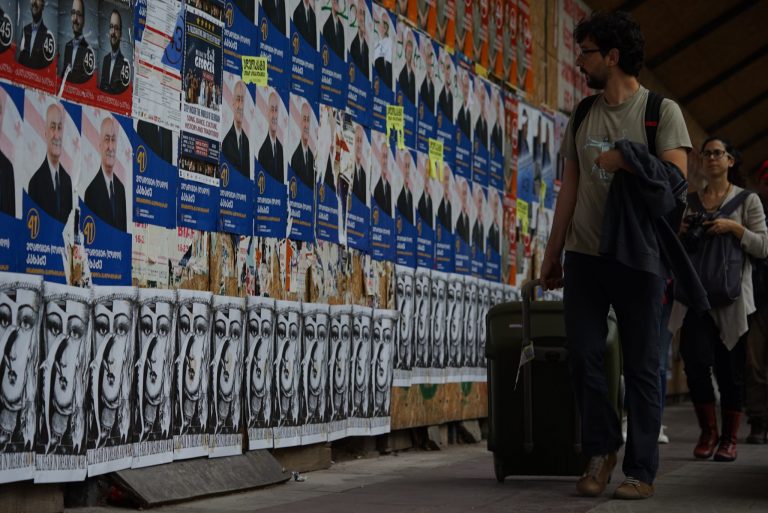Screening: All is Fair in Dreams and War
The screening was presented by the text of Daniel Bauman, a curator at Kunsthalle Zürich:
“Andro Wekua’s work strides powerfully and forcefully in our direction – while constantly eluding us. As visitors we find ourselves caught between contradictory movements, and the result is a tension that we cannot easily escape. This accounts for some of the intensity and quality of Wekua’s work, but not all. Much of it has to do with the artist’s way of weaving images together and playing them against one another, and the undertow this creates. The draw of this maelstrom is narrative and cinematic in nature, although his films in particular tend toward abstraction.
Take Wekua’s latest film All Is Fair in Dreams and War (2018). Running just over five minutes, the film unfolds before our eyes in the form of a central composition (or rather a Rorschach test). It is arranged around a central axis, a burning palm tree, which appears in the middle between 1 minute 54 and 3 minutes 14. It is a single (and the longest) uncut take, around which a series of shorter “before” and “after” sequences appear on the “left” and “right,” respectively. “Before” (or left), we see a moon, sky, seagulls, palm trees, cars, city, dance, nature, water. “After” (or right) shows a city, gambling, movement, water, sky, night, time, city, darkness. This triptych is held together and varied with a metallic soundscape by Berlin musician Jörg Hiller.
All Is Fair in Dreams and War appears dreamy and melancholic at first. But the true meaning of the film lies in its symmetry: how the before and the after group around the now, how the past and future form a space called the present that, like the palm tree, is forever burning. All Is Fair in Dreams and War brings all this to light in just five minutes.”











